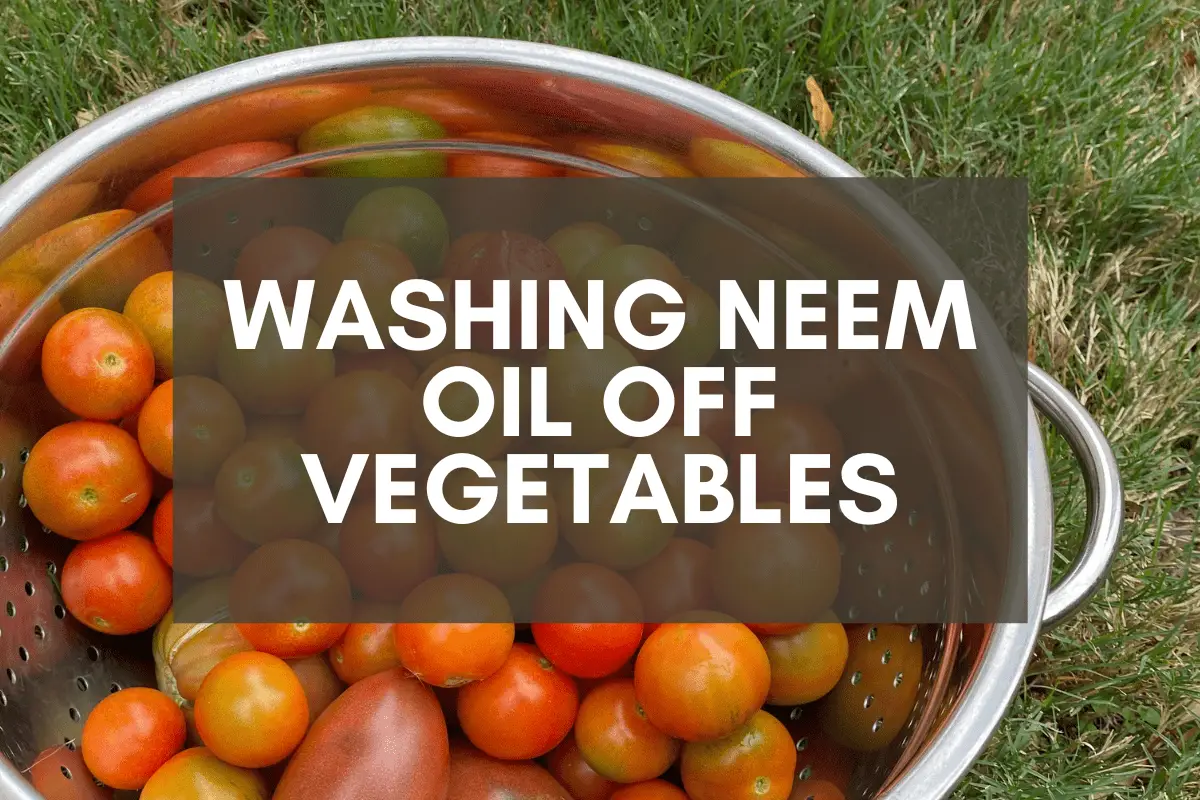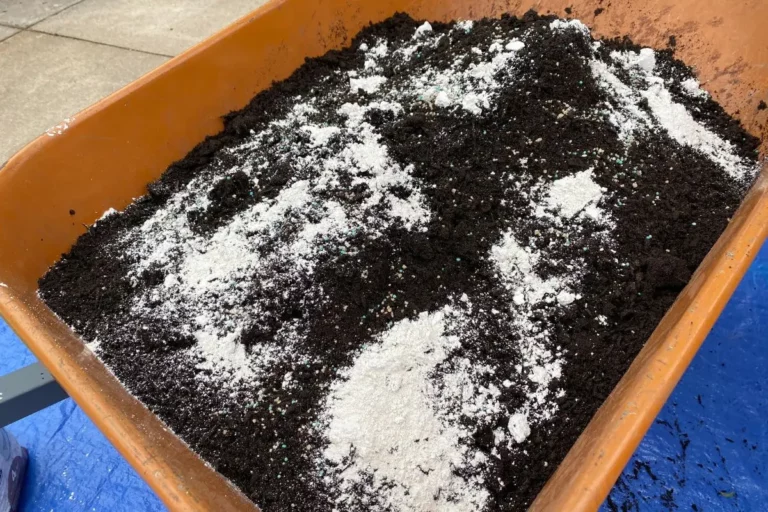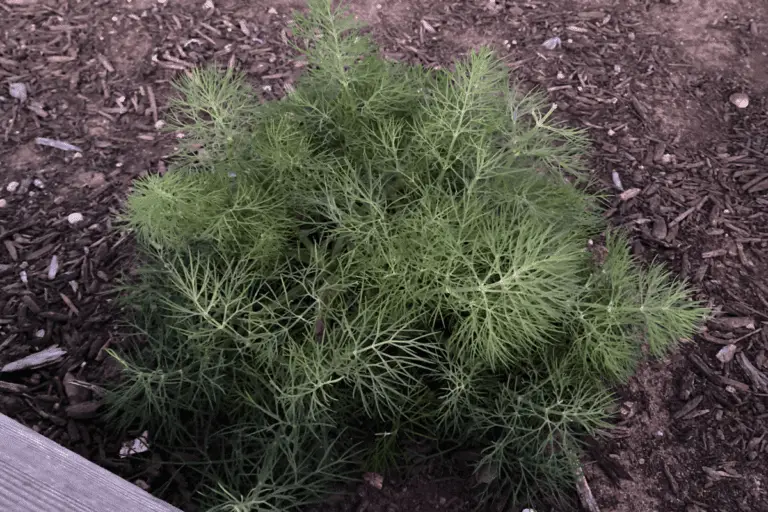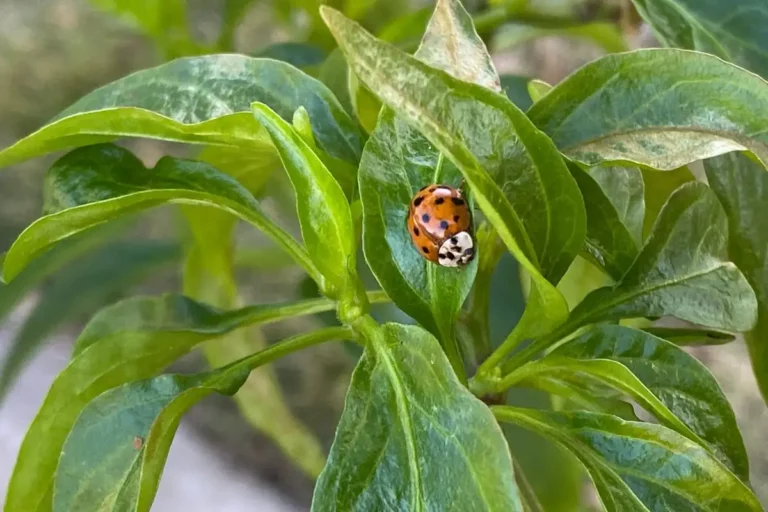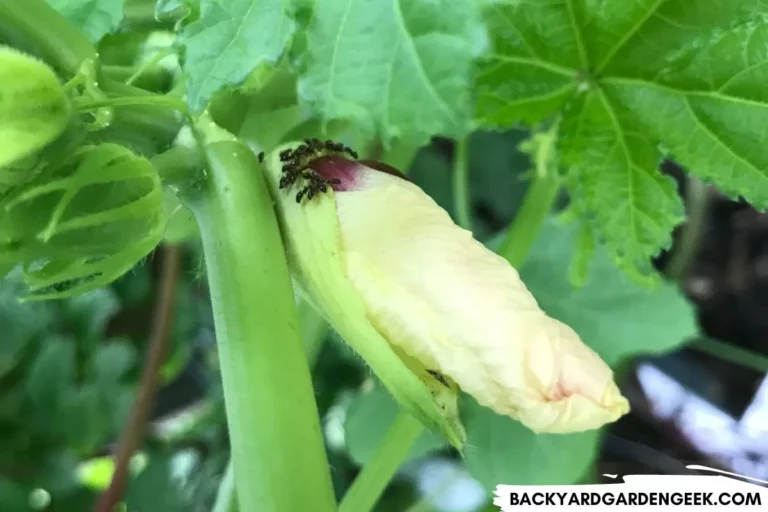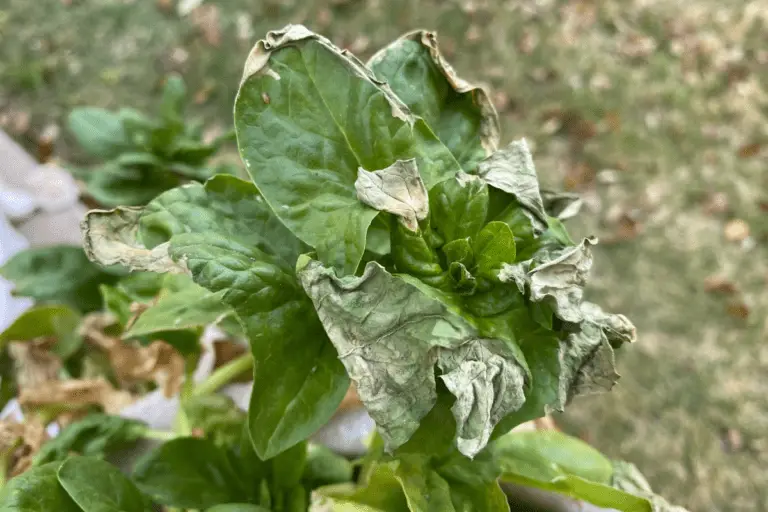Washing Neem Oil Off Vegetables: Do This Before Eating
I like harvesting my vegetables whenever I feel like eating them. I also like spraying my plants with neem oil to keep aphids, spider mites, and other bad bugs from taking over.
So what do you do if you’re recently sprayed your plants with neem oil but need to harvest some veggies for an upcoming meal? Can you wash neem oil off vegetables?
Neem oil can be washed off vegetables with warm, soapy water. Ideally, vegetables should be picked 5-7 days after they’ve been sprayed with neem oil, but they can be harvested and eaten sooner as long as proper care is taken to soak, wash, and rinse everything thoroughly.
In an article on what to do when using neem oil before a harvest, I’ve laid out some basic considerations when it comes to spraying neem oil and picking veggies.
What I’d like to do here is to look closely at what you’ll need to do if you’ve sprayed your plants with neem oil in the past 1-3 days, but you’ve just realized that you need to pick some veggies for one of your upcoming meals.
If you find yourself in that position, what should you do?
I’ve broken down this process into 9 separate steps so that you understand exactly how I tackle this problem, but as you’ll see if you keep reading below, these are very simple steps that anyone can do.

How Do You Wash Neem Oil Off Vegetables? My Simple Guide
What I love most about neem oil is the fact that it’s safe to use in the garden, unlike harsher chemical insecticides.
Neem oil also doesn’t have what’s known as a pre-harvest interval (PHI) like other pesticides because it’s a natural product. Many products–especially chemical insecticides, pesticides, or fungicides–come with PHI numbers written on their instructions.
These numbers are very important. If you use a product that has a PHI number, you’ll need to wait that number of days before you harvest and eat any fruits or vegetables that have been sprayed with that product. If you do so sooner than the recommended PHI number, you run the risk of ingesting dangerous chemicals.
Neem oil is a bit different. It contains naturally occurring chemical compounds that serve as potent pest deterrents and killers. You should never ingest neem oil–and I’d be careful while you spray it so that you don’t get it in your eyes–but in general, it’s a very safe insecticidal spray.
It gets rid of many different garden pests because, after it’s ingested, it causes all kinds of feeding, growth, and reproductive problems for various insect species.
At the same time, it doesn’t hurt beneficial pollinators, it’s relatively harmless for ladybugs, and it’s typically safe for helpful predatory bugs, although care should always be taken before spraying.
Unlike harsh chemical pesticides, neem oil typically takes 4-7 days to kill off most bugs, which is about how long it lasts before breaking down and necessitating a reapplication.
Long story short, this is a fundamentally different product than some of the stronger chemical sprays you can purchase in stores or online, but it works great, it’s better for beneficial bugs, and it’s relatively inexpensive.
This is why neem oil concentrates–like Verdana and Neem Bliss (which are two of my favorites)–don’t come with PHI numbers. And it’s why most people generally recommend waiting 4-7 days before you harvest veggies from any plants sprayed with neem oil.
But no matter how long you plan to wait to harvest, I recommend using the steps below to make sure your vegetables are as clean as possible.

1. Fill a Bowl with Soapy Water
When it comes to leafy greens, tomatoes, peppers, eggplants, and other garden favorites, I’ll first add a teaspoon of organic liquid soap to a large mixing bowl, then fill it with water.
2. Submerge Vegetables
I use a mixing bowl because I want as much space as possible for my veggies to soak, and I typically leave my veggies in there for 1-2 minutes since that’s guaranteed to kill off any aphids, spider mites, or other insects that might be hiding on them
3. Scrub Gently
After soaking, I give the vegetables a gentle scrub with a clean sponge. I don’t use the abrasive side of the sponge, the side that’s typically reserved for scrubbing pots and pans. I instead used the softer side since that’s less likely to damage my food.
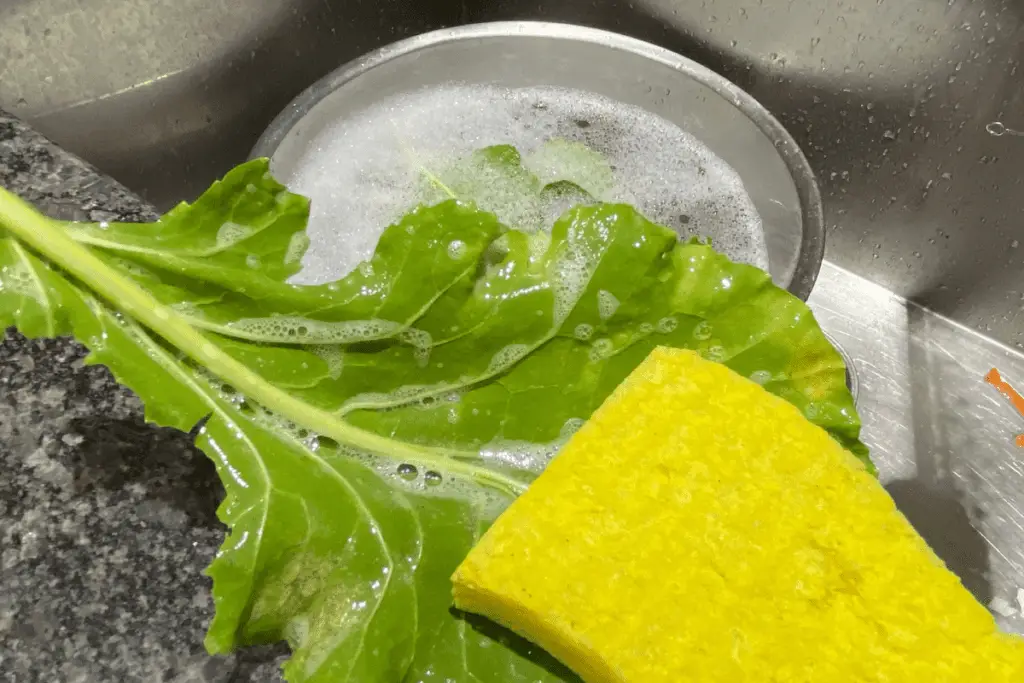
4. Rinse Vegetables
After they’ve been given a good soak and a gentle rinse, I hold everything under running water to ensure that all the soap’s been washed off.
I’ll have a colander in the sink with me, and after I rinse off each vegetable, I’ll put it in the colander, then give the whole thing one final rinse to make sure it’s soap free.
5. Soak in Cold Water (optional)
For leafy greens, celery, and anything else that feels a bit limp, I like my food to be as crisp as possible, so while the veggies are sitting in the colander, I’ll rinse out the mixing bowl, fill it with clean water, add in the vegetables, then dump several cupfulls of ice into the water.
Once everything’s in there, I’ll let it sit for 20-30 minutes. By the end, whatever’s in that bowl will be much crisper since it’ll have absorbed cold water during the soak.
6. Prep and Use Immediately
I like to go and harvest my food as close to mealtime as possible, so if I’ve just cleaned everything, I’ll go ahead and start prepping the vegetables for cooking.
7. Let Air Dry
However, I often harvest too much for a single meal–either purposefully or unintentionally–so I’ll lay a clean washcloth on the counter and lay out whatever I’m not planning to use for that meal.
Generally speaking, I’ll let the vegetables sit for an hour or so, then pack them up for later.

8. Store for Short-Term Use
If I plan to eat the veggies within 1-2 days, I’ll typically seal them in a plastic container or bag. If they’re still a bit wet, I’ll throw a paper towel in there to capture some of the moisture.
For short-term storage, I particularly like these products:
- Rubbermaid FreshWorks Produce Saver
- Debbie Meyer Green Bags
These are excellent products for keeping your vegetables fresh and mold-free as long as possible between meals.
9. Freeze for Long-Term Storage
For longer-term storage, I will place my vegetables in freezer bags or use a vacuum sealer if I want to really lock in the freshness.
I’ll place some vegetables in whole, but for others, I’ll chop or dice them up first to make it as easy as possible to thaw and cook them at a later time.
Is Neem Oil Safe for Vegetables?
With all the talk about PHI numbers and waiting before harvesting fruits and veggies, you might be wondering if neem oil is generally safe for vegetables.
Neem oil is safe to use on vegetable plants, but care should be taken when applying neem oil because, if applied improperly, it can burn or even kill plants. But if harvested properly and washed thoroughly, vegetables will be safe to eat despite using neem oil to keep bugs in check.
On rare occasions, you can actually use too much neem oil on your plants, although I don’t typically recommend rinsing neem oil off plants, I think there are some occasions when it makes sense to wash neem oil off so that it doesn’t potentially damage your plants.
There are also certain plants that you might not want to use neem oil on, so take a quick look at my list of neem-sensitive plants to make sure you’re taking proper care when spraying neem oil in your garden.
Does Neem Oil Kill Most Bugs?
I’ve done quite a bit of research, and as far as I can tell, no one has compiled a complete list of bugs that are repelled or killed off by neem oil since that list would stretch into the hundreds.
Generally speaking, neem oil has been shown to repel, harm, or kill over 200 bugs, mostly invasive and destructive pests. Neem oil inhibits feeding patterns, causes growth problems, increases rates of infertility, interrupts the molting process, and shortens lifespans.
Neem oil typically does not kill on contact, unless it’s sprayed on younger soft-bodied insects. It only begins working once it’s been ingested.
When azadirachtin enters an insect’s body, it begins to cause damage at the cellular level, initiating a series of cytotoxic effects that cause different kinds of harm to different kinds of bugs.
Thankfully, neem oil won’t hurt beneficial pollinators (unless you spray it directly on them) because pollinators do not chew on plant foliage and thus do not ingest any neem oil that’s been sprayed on your plants.
Further Reading
If you’re interested in learning more about neem oil, check out several other articles on the subject:
